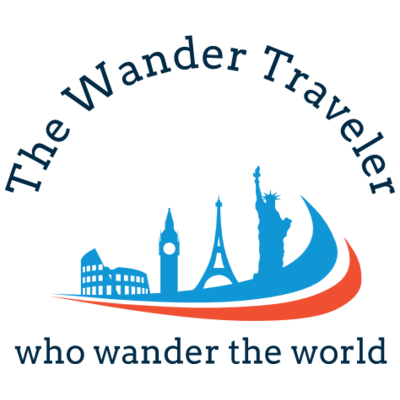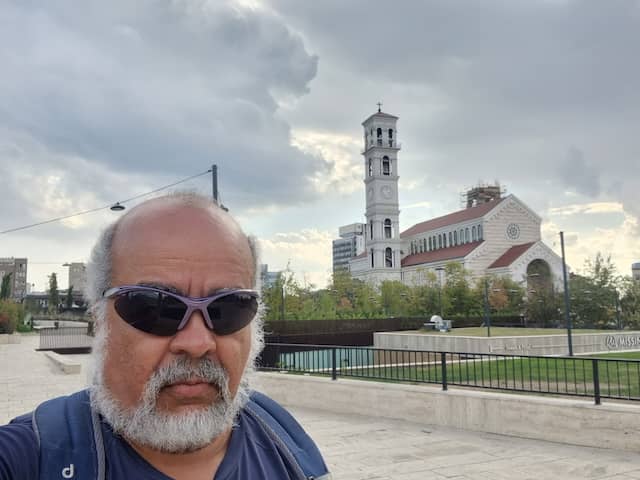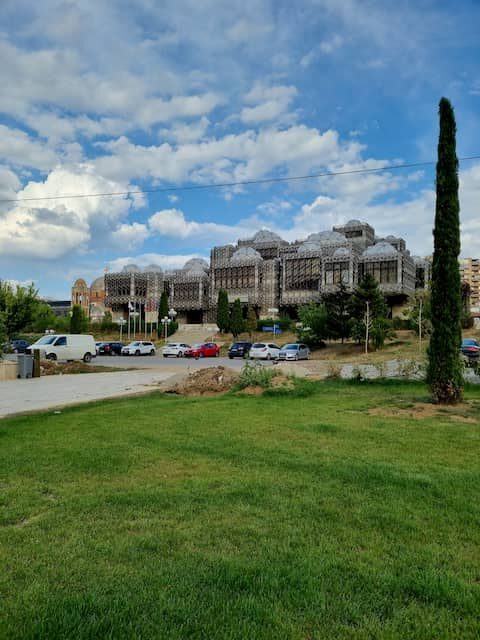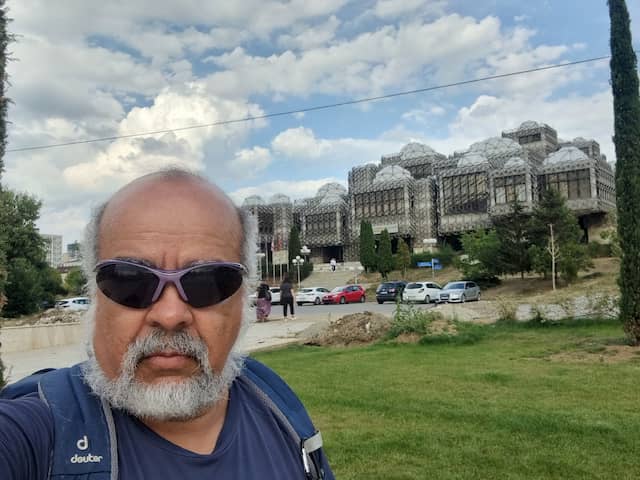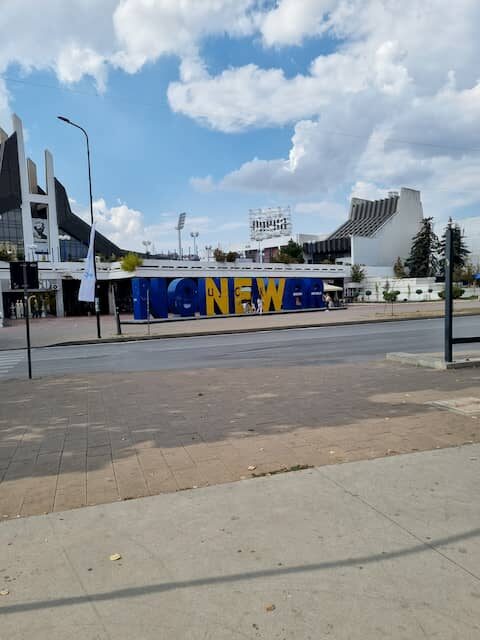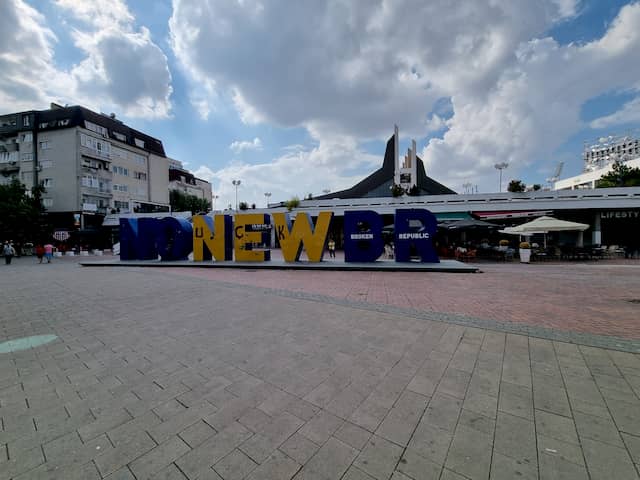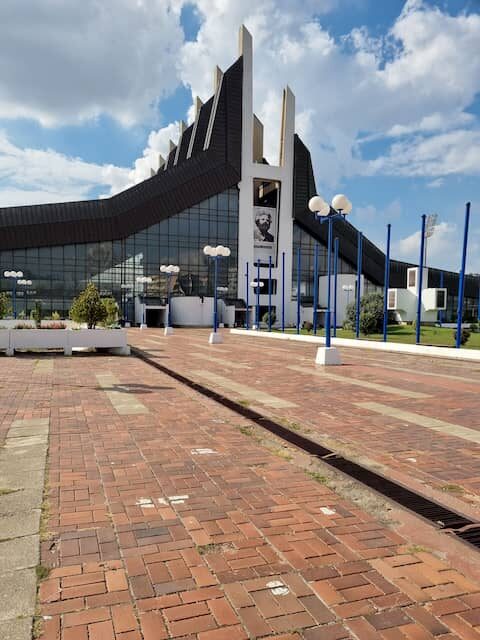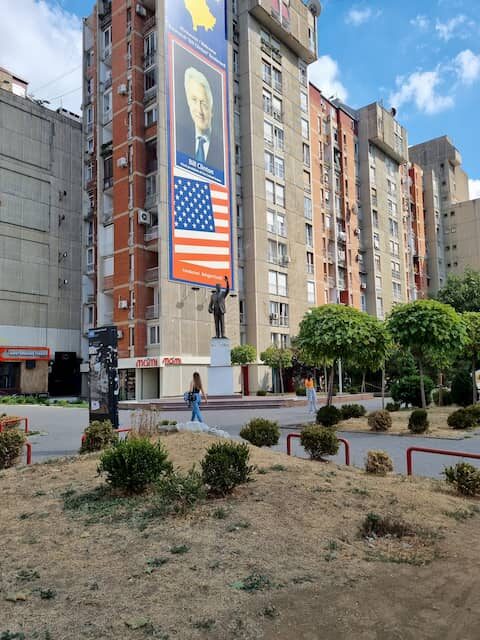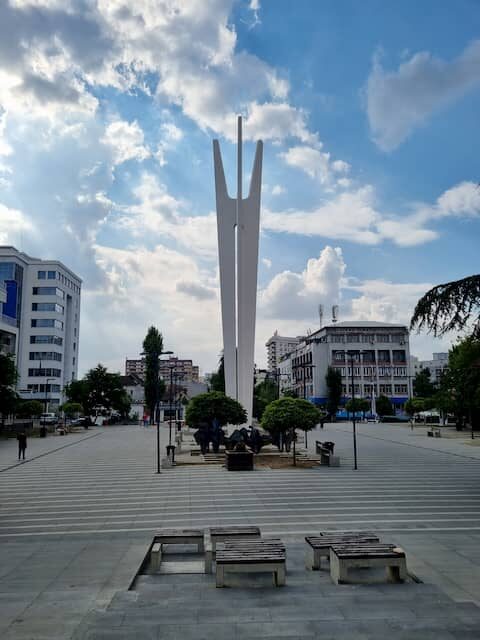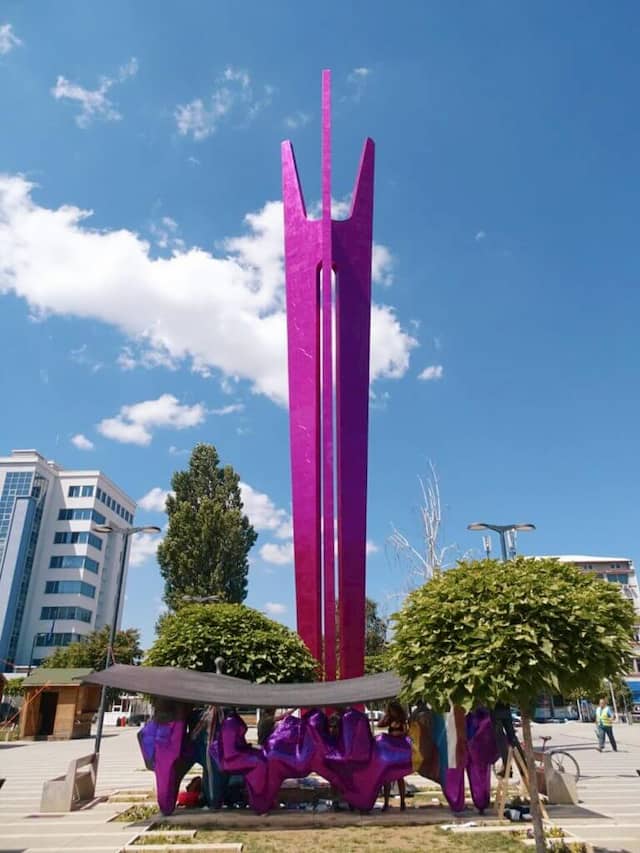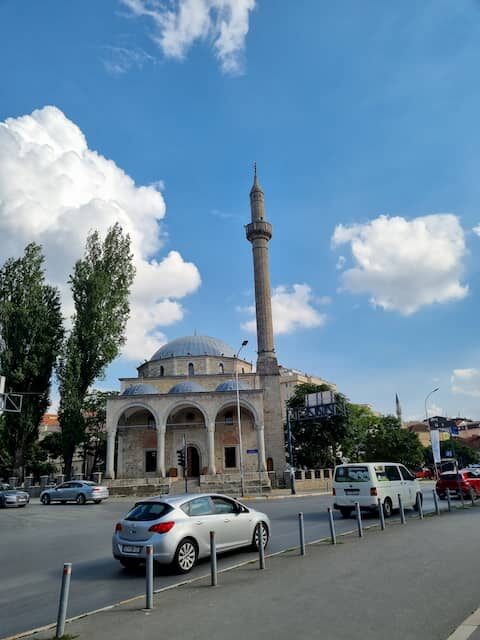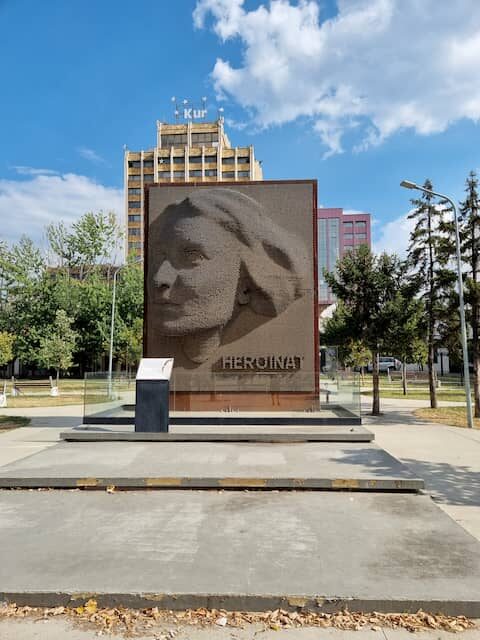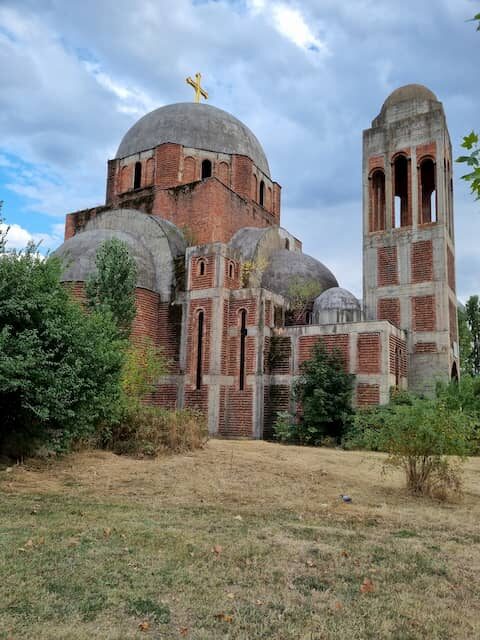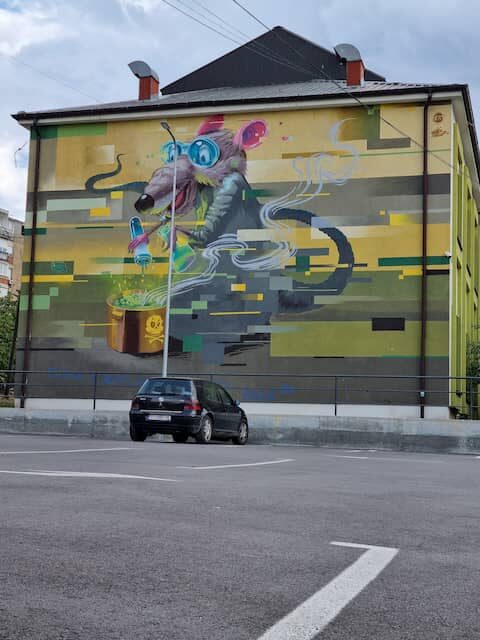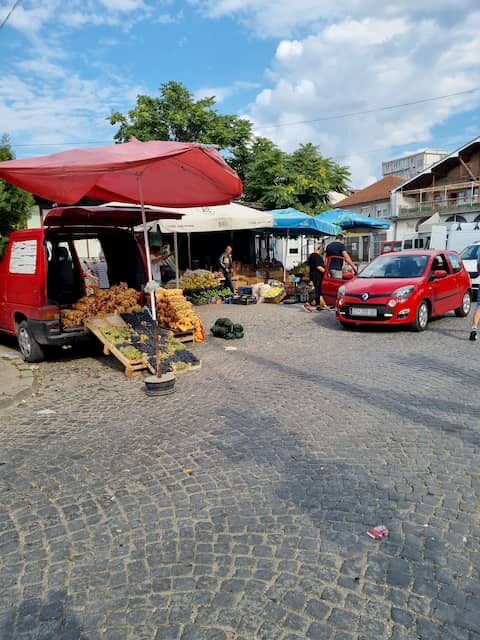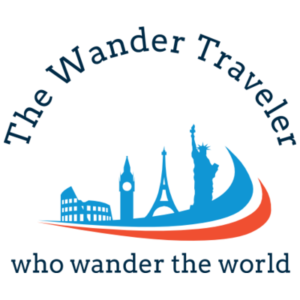Home » Destinations » Pristina
Pristina
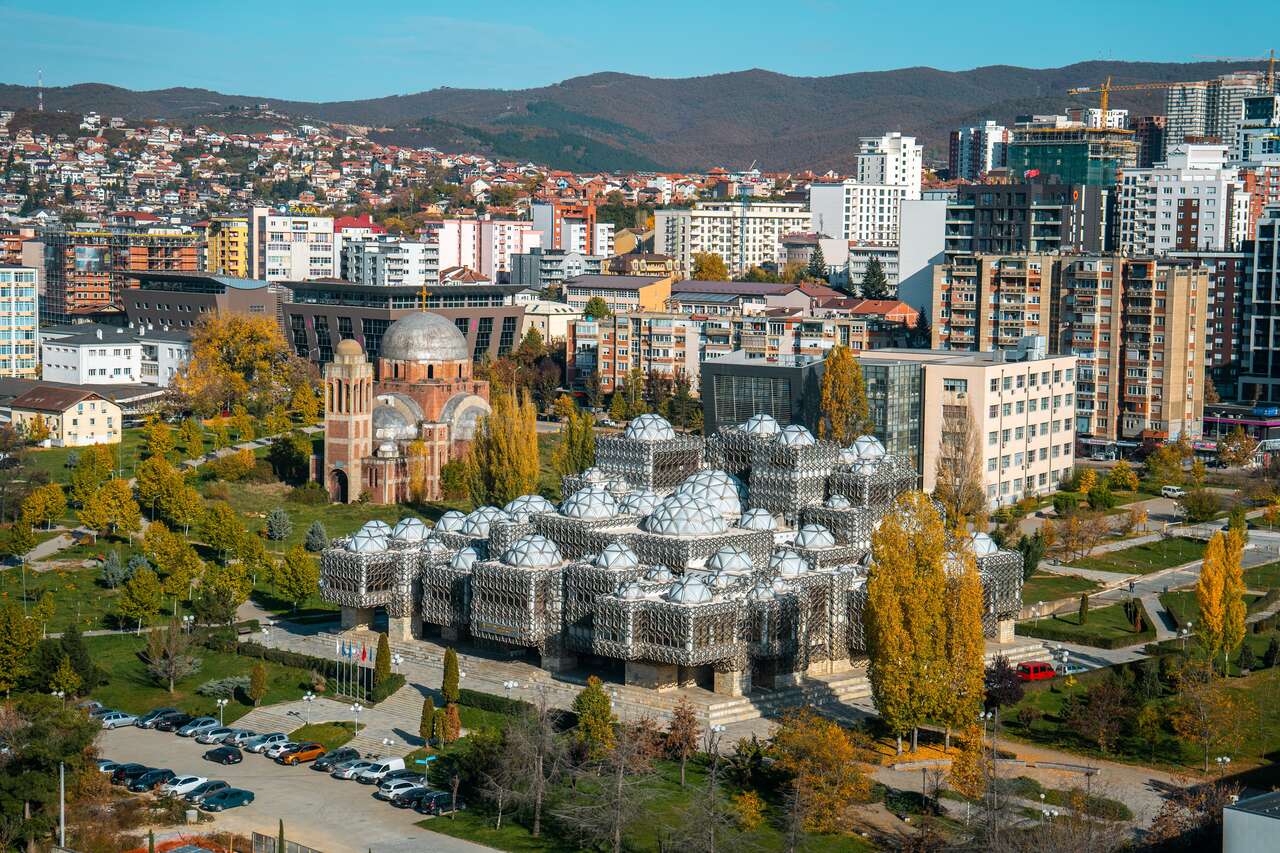
Pristina, the capital of Kosovo, was not a destination we normally want to visit.
I have been thinking about visiting the Balks for some time now, and last year I visited Croatia, but when I was planning the trip I had immense difficulty finding how to get to and from there, but as it made sense to go through, I insisted on going.
After a lot of research and requesting information I found the route from Skopje to Pristina and then to Belgrade.
Everything was fine until I arrived in Pristina and headed towards Belgrade, but when I arrived at the border I was stopped and sent back to Kosovo.
Until then, I hadn’t understood why it was so difficult.
Serbia does not recognize Kosovo as a country and therefore the Kosovo/Serbia border can only be crossed by local people (there is no customs).
Well, I had to go back to Escopia and then go to Belgrade, a trip that only took 3 hours to arrive turned into another 11 hours in addition to a much greater expense.
Kosovo is a country that doesn’t have much to see, but if you’re in the Balkans it’s worth a visit, just be careful not to include passing through the Kosovo/Serbia border in your itinerary.
On the Macedonia/Serbian border the crossing is calm.
Want to know more about Kosovo?
A little of history
Pristina is a small city of 200,000 inhabitants, but it is the largest city in Kosovo, a nation located in southeastern Europe. More specifically, Pristina is located in south-central Kosovo, in a mountainous region known as the Kosovo Plain. It is approximately 80 kilometers northwest of the border with North Macedonia and about 300 kilometers southwest of the Serbian capital, Belgrade.
Although the city’s history dates back to Roman times, much of its importance was lost to other nations.
Kosovo is in a region in the south of the former Yugoslavia, with the dissolution in the 1990s marked by ethnic and territorial conflicts and with the intervention of NATO in 1999 to contain Serbian repression against the ethnic Albanian population. It came under the administration of the United Nations
In 2008, Kosovo declared independence from Serbia. This statement was supported by many Western countries, but was contested by Serbia and some other countries.
Main attractions
Newborn Monument
The Newborn Monument was built to celebrate Serbia’s independence in 2008, against the backdrop of the former brutalist Palace of Youth and Sports. It was erected on Independence Day.
National University Library
Voted one of the ugliest buildings in Europe, the National University Library of Kosovo divides opinions.
I found it strange, to say the least, not horrible, but it’s a shock and makes you think, I spent a long time trying to understand.
Mother Teresa Cathedral
One of the most famous buildings in Pristina, named after the famous Macedonian nurse born to Albanian parents. Given that over 90% of Kosovars identify as ethnically Albanian, she is highly revered in Kosovo.
Bill Clinton Boulevard
I, like most people, will find it strange to see a statue of Bill Clinton, in addition to an avenue, in Pristina, but once you know the story you can understand it.
It was built in gratitude to the USA for helping them win the war against Serbia, and the avenue represents gratitude for Kosovo’s independence.
Përmendorja statue
Another structure that may cause amazement is the statue of Përmendorja.
It is a memorial to fraternity and unity, dedicated to the soldiers killed during the Liberation Struggle (Second World War).
It changes color depending on what they want to honor.
